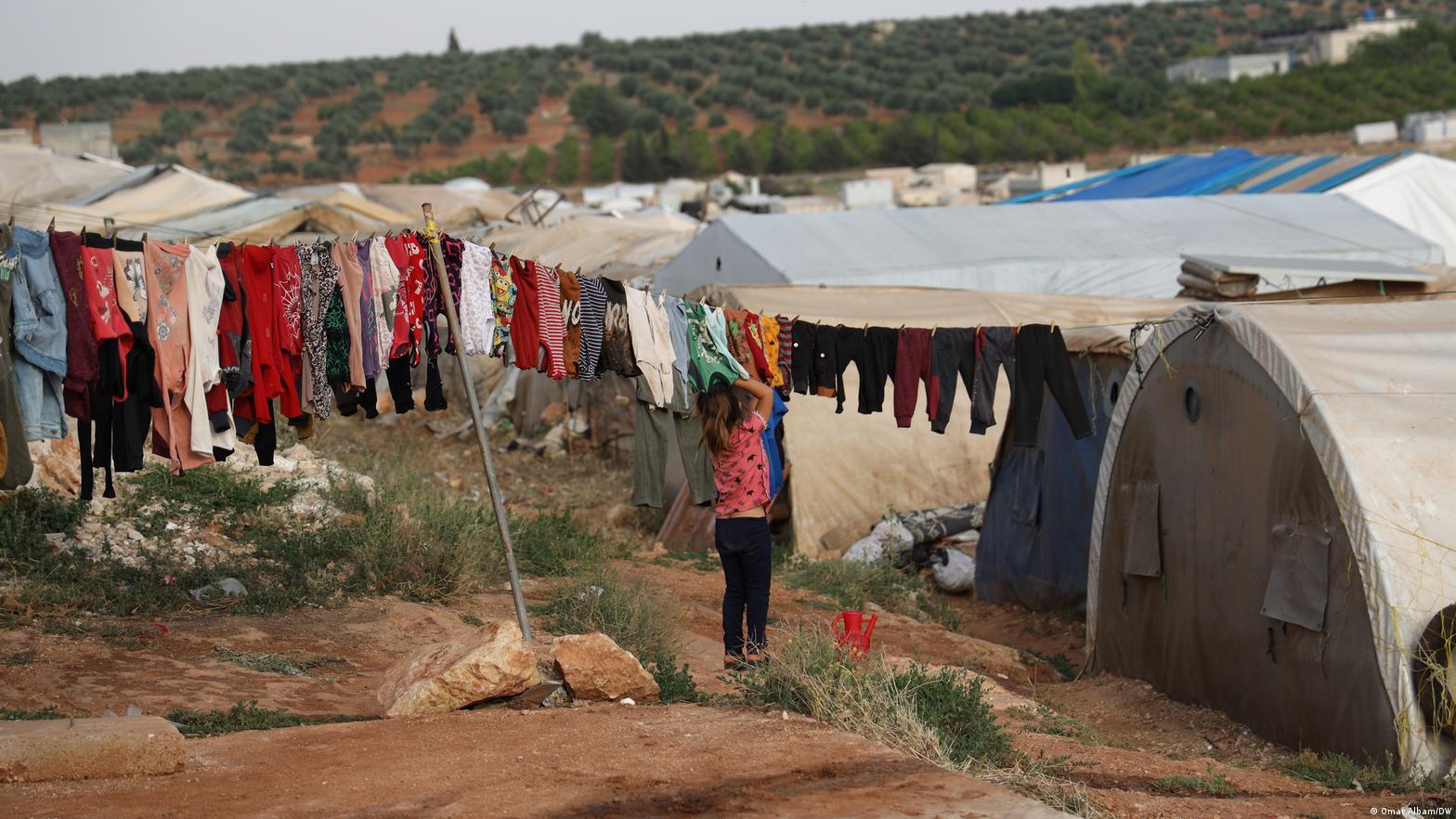By the end of 2023, nearly 117 million people had been displaced from their homes by conflict, persecution or other threats, according to the most recent report from the UN High Commissioner for Refugees (UNHCR).
The report, released this June, tracks people who have already been recognized as refugees, others who are still waiting for their asylum applications to be accepted, and those who have been displaced within their countries of origin.
These nine charts show how forced migration flows have evolved, the places people are fleeing from, and the countries receiving the largest numbers of displaced people.
1. The proportion of displaced people increases
In 2014, eight out of every thousand people had been forcibly displaced, globally. In 2023, their number would rise to 14 per thousand.
This implies that, in the world, there are approximately 58 million more displaced people than in 2014. The figure is equivalent to the population of Italy.
2. Majority of internally displaced persons
Of the approximately 117.3 million displaced people, 68.3 million remain within the borders of their own countries. Their number is equivalent to the population of the United Kingdom.
UN data refers only to people displaced by conflict, violence or war. The International Displacement Monitoring Center estimates that an additional 7.7 million people have been displaced by natural disasters and the effects of climate change.
3. Epicenters of internal displacement: Africa and the Middle East
Of the 68.3 million internally displaced people, about 48% are in African countries, and approximately 21% in the Middle East.
With 9 million internally displaced people, 14% of the global figure falls in Sudan. Other countries with high numbers of internally displaced people are Syria (7.2 million), the Democratic Republic of the Congo (6.7 million), and Yemen (4.5 million).
Among the 10 countries with the most internally displaced people, only three are not in Africa or the Middle East: Colombia (5 million), Afghanistan (4.1 million) and Ukraine (3.7 million).
4. Internally displaced people in Europe
A significant amount of the population has been forced to leave their homes in other regions as well, including Europe. Such is the case of Cyprus, where more than 240,000 people (almost 20 percent of the population) are now considered displaced. Most of them had to leave their home due to the five decades of territorial conflict between the country and Turkey.
The situation is similar in Georgia, Azerbaijan, Serbia and Bosnia-Herzegovina. It is common for people to remain displaced for decades, or even generations, after the events that caused their departure.
5. Ten countries give rise to almost 90% of refugees
According to UNHCR, nearly 43.4 million people live outside their countries of origin as refugees, or protected by other international protection programs, such as temporary humanitarian stays. The figure exceeds the entire population of Poland.
Globally, nine out of ten refugees come from Afghanistan, Syria, Venezuela, Ukraine, the Palestinian Territories, South Sudan, Sudan, Myanmar, the Democratic Republic of the Congo and Somalia.
6. Frequent refuge in the neighboring country
Often, the countries that receive the most refugees share borders with those where a crisis is taking place. According to UNHCR, in 2023, 69% of refugees lived in a country neighboring their own.
Iran, Turkey, Colombia and Jordan host the largest number of refugees, mostly from Afghanistan, Syria, Venezuela and the Palestinian Territories, respectively.
The biggest exception is Germany, which has received hundreds of thousands of people from Ukraine and more distant countries, such as Syria, Afghanistan, Iraq and Eritrea.
7. Developing countries receive proportionally more refugees
Germany is the country in the European Union that hosts the most refugees: more than 2.5 million. However, it hosts fewer displaced people than Iran, Türkiye, Jordan and Colombia.
With 11 million inhabitants, Jordan hosts the largest number of refugees in proportion to its population. More than three million refugees, mostly Palestinians, live there.
Some of the poorest countries in the world host the largest number of refugees. Chad, for example, has more than a million. That is equivalent to more than 60,000 refugees per million inhabitants, a rate that is practically double that of Germany.
8. Large gap between asylum applications and responses
Approximately 7 million people are still waiting for a response to their asylum applications in various countries.
The decisions regarding this are far behind. In 2023, 1.4 million decisions were made globally to grant or deny asylum, but nearly 5.6 million new applications were submitted.
The gap has never been larger and displaced people are often trapped in legal limbo.
9. Return to unsafe countries
In 2023, nearly 1.1 million former refugees returned to their countries of origin. But returning home is often not safe. Many returned to countries still facing war or conflict, such as South Sudan and Ukraine.
Keep reading:
- More than five thousand people wait for Guatemala to accept them as refugees
- What is the new special permit that the Colombian government will issue to Venezuelan migrants like?
- The US will intensify the fight against migrant trafficking in the Darien
